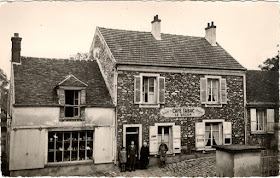 |
| 2888 Gdansk - The Main Town Hall and St. Mary's Church. |
Posted on 18.05.2012, 30.11.2016
Built on the site of an early settlements associated with the Wielbark culture, which was followed in 980 by a stronghold, Gdańsk received city rights by Swietopelk II, in 1235. With permanent valences of a free city, due to its location on the Baltic Sea coast, to the mouth of the river Motława, which gives it a opening both towards the sea as well as towards central Poland, and from there towards Eastern Europe, the city belonged, successively, to the Kingdom of Poland, the Teutonic Knights, Polish-Lithuanian Commonwealth, Prussia, German Empire, German Reich, and Poland, except for two brief periods, when it was a free city (1807-1814, 1920-1939). |
| 0210 Gdansk - The crane Żuraw |
The stronghold and town of Gdansk contained from its beginnings a series of individual urban components which later became distinct districts within which there are valuable examples of urban, sacral and defensive architecture. These include the Main Town (Glowne Miasto), Old Town (Stare Miasto), the Lower Town (Dolne Miasto), the Old Suburbs (Stare Prdedmiejscie), Granary Island (Wyspa Spichrzow), Olowianka, Long Gardens (Dlugie Ogrody), Bishpop's Hill (Biskupia Gorka) and Grodzisko.
















































